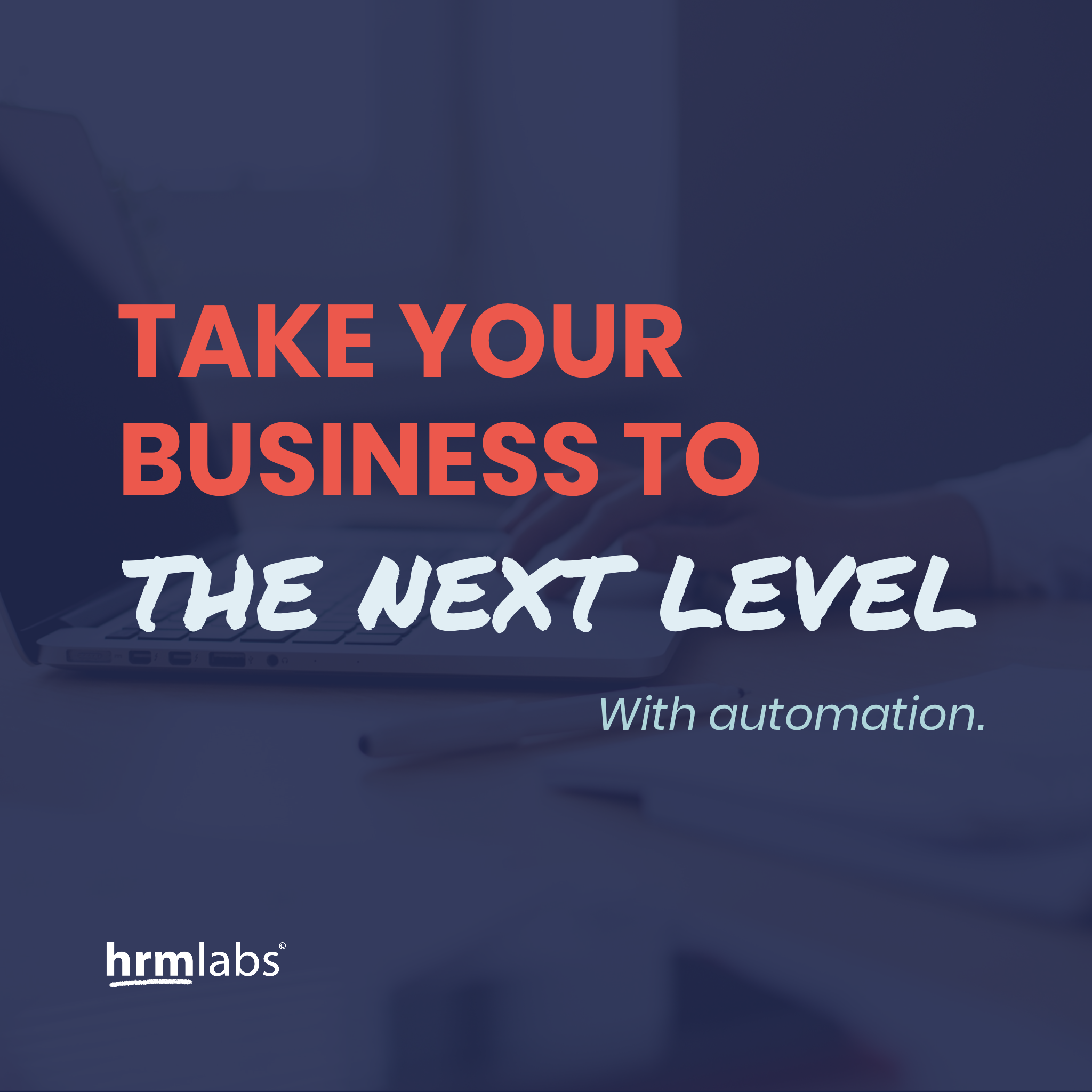Job security concerns aside, people tend to agree that machines make work easier. In fact, in a survey by KRC Research, nearly 80 percent of executives polled agreed that business could save 360 hours a year through automation. These findings aren’t just important for leaders of large businesses, either. As a startup founder, you should be paying attention, too.
Related: Affordable Automation Tools For Your Small Business
Where can automation lend a hand?
Labor is typically one of the largest line items on a business’s balance sheet — if not the largest. You don’t have to look far to find examples of how technology can help you cut down labor costs :
- fewer opportunities for human error,
- fewer unproductive work hours,
- less time lost to vacation or personal days,
- reduced training and HR costs,
- lower chances of on-the-job injuries, etc.
Speed is another area in which automation shines. Automation technology can enable you to bring products to market faster and fulfill contract requirements sooner (and enable you to take on more contracts). It also puts in longer hours than competitors can when they rely solely on a human workforce.
So, really, the question is no longer whether you should automate but what and where you should automate?
First, identify repetitive, manual processes. Example? Consider mail management: Manual sorting is slow, mail gets lost, junk mail is inescapable, routing errors are frequent, and visibility into processing metrics is low.
Similarly, front-office workers may experience frequent downtime and have little direct impact on ROI. In both cases, basic automated technologies may be suitable replacements for human laborers.
Additionally, evaluate the efficiency of your data ingestion and the handling of workflows to uncover business areas that could benefit from cognitive automation. If your workflow is dominated by paper documents and requires a large data-entry staff, for example, cognitive automation will provide a major benefit.
If you’re trying to decide whether a commitment to automation is right for your company, here are 3 big questions you should consider :
1. Is the process scalable?
Automating the work of many small teams performing various tasks will provide greater value and may significantly increase workers’ productivity. In fact, the study from KRC Research found that 53 percent of employees surveyed said that automation could save them 240 hours per year.
Automating human resources efforts is a great example of a scalable process that can take tedious tasks off employees’ hands. Of course HR is crucial for budding businesses as they build the most important assets of business : your people. So, it may seem counterintuitive to try to build real connections by automating the process.
Now, you can use HR Solutions to manage attendance, leave, and generate payroll automatically! Choose Advanced HR Solutions that suit your business.
Read more : How To Choose The Right Payroll Software For Your Business
Whatever process you hope to automate, start by determining whether your approach could be expanded to cover a sizable portion of your total operation. The more comprehensive your automation strategy, the greater your returns.
2. Is the margin of error low enough?
When precision is imperative and tolerances are small, machines make great workers. For example, if you have an employee whose job is to cut pieces of metal to specific lengths, that person is unlikely to be able to recreate the tolerance levels of a machine — at least not at the same speed — no matter how long he or she has been cutting metal.
When repetitive processes have exacting standards, machines almost always do a better job.
Take Adidas’ Speedfactory — whose second outlet opened in Atlanta last year. This factory harnesses an automated engineering process to create customized shoes. According to Adidas, this automation technology has enabled the company to produce shoes at a pace three times faster than that of manual means. And that speed allows Adidas to keep up with demand and ensure quality control, as making these customized shoes requires great precision.
3. Are you ready for the monetary investment?
Before spending big money on expensive software or machinery, look at the financials. Implementing automation often involves a large up-front investment — and maintaining and improving your technology is an ongoing effort. You’ll likely have to borrow money, so get very familiar with your total labor costs, production estimates, compliance costs, etc.
Map out your time frame for ramping up the technology, how much you should expect to save over a longer period of time and your break-even point.
The good news is that according to Deloitte’s 2017 RPA survey, companies reported seeing payback on their investments in less than a year; robots, the survey showed, provided about a fifth of full-time equivalent capacity. Furthermore, 59 percent of organizations surveyed said that their investment ultimately led to reduced costs.
Your people are often your greatest asset and a key differentiator. But that doesn’t mean you should ignore the potential of automation. Automation can enhance productivity and improve workflows across the board at companies of all sizes. Adding machines and intelligent software to your workforce rarely makes your existing employees useless; more often, it actually makes them even more productive.



